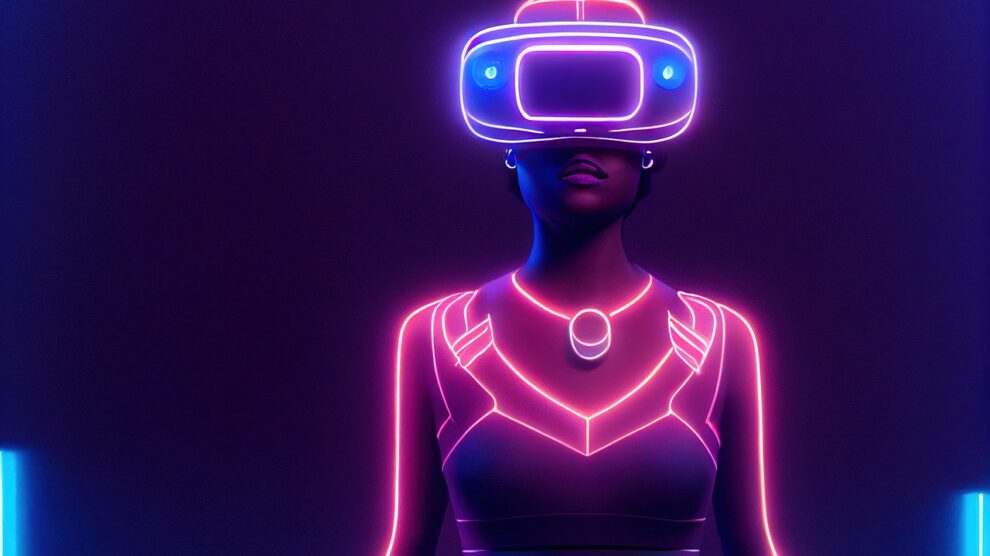Virtual reality has an amazing trajectory ahead of it. According to Statista, the VR hardware and software market will be valued at $12 billion this year, a three-fold increase from only two years ago.
Only a few decades ago, VR was seen as a near impossibility. Now decreased cost and innovations and advancements in technology, has resulted in the proliferation of affordable consumer VR products. In fact, PlayStation VR, Sony’s attempt to enter the market, has met with great success. Sony has reported that PlayStation VR has reached over 2 million units sold.
What makes VR so appealing? Virtual reality is inherently more immersive and more visceral than most other forms of entertainment. AR apps like Pokemon Go have become wildly successful because of this fact. Although the Pokemon franchise has been around for more than two decades, nothing excited as much interest as its AR product. In fact, Pokemon Go generated $1 billion in revenue in a single year.
This may come as a surprise because of Pokemon Go’s limited functionality. Essentially the AR app only allows you to fight and catch Pokemon in a rudimentary manner. Other games released by Nintendo have been much more complex and nuanced than Pokemon Go, but nothing they have released before has been so active an experience in the real world. This same principle applies to VR.
While VR products may not be able to produce the same graphics or the same production value of other films and video games outside of VR, they can provide the user with something else. VR can provide users with a feeling of immersion that has previously not been felt. If you think about it, you’ll see that at the heart of VR is user experience. Take for example watching another person play a virtual reality game. Many people report that watching others play VR is not nearly as interesting as watching a film together or watching a traditional video game together. This is because VR is meant to be experienced. The user experience comprises the entire design of the product.
User experience is important for every software product, but it is especially important for virtual reality. What is UX design, exactly? You may think of the color combinations, the graphic design, and the interface of a software product. This, however, is just the top layer of the user experience. To put it simply, the interface is the look of the software product and the UX design is the feel.
Good UX design means that a software product is intuitive and natural, so much so that the user doesn’t have to exert much effort to understand how to best use it. VR adds another dimension to usability and accessibility given it allows humans to move in more natural ways. Instead of tapping on a screen, clicking around with a mouse, or clacking away at a keyboard, VR users are able to engage with their whole bodies. Instead of making users change their movements to meet the hardware’s limitations, VR hardware is developed to allow the user to move as naturally as possible. This makes the user experience inherently better and proves the rule that UX is one of the most important, if not the most important facet of every software product.
It has always been a challenge for software designers to make abstract code into a physical product that makes sense to end users. Flattening down a piece of software on a 2D plane has proved to be nearly impossible. Only a few have figured out how to take abstract code, abstract functionalities, and abstract features, and refine them and hone them into a product that makes sense on a screen.
VR eliminates this problem. Software designers only have to take the abstract code, the abstract functionality, and the abstract features of their software product and refine it into something that makes sense in any 3D space. Although this is still challenging it is a much easier task than putting abstracts of the product into the 2D plane, such as what you see with mobile phones, home computers and with TV screens. Once VR sees wider adoption, this fact is bound to change how we view, design, and refine UX.





